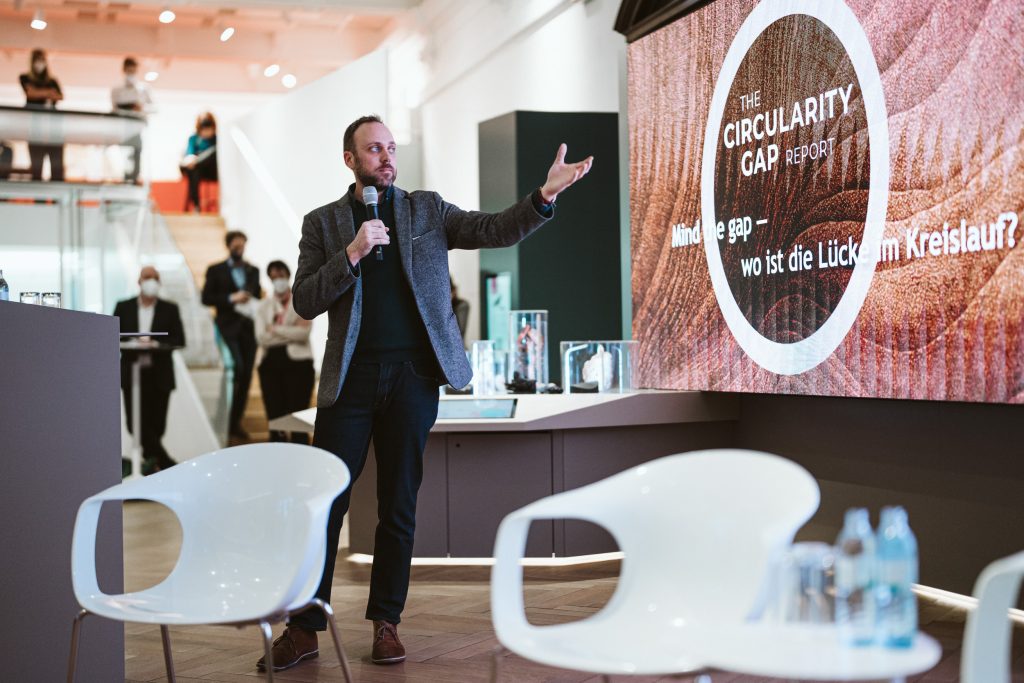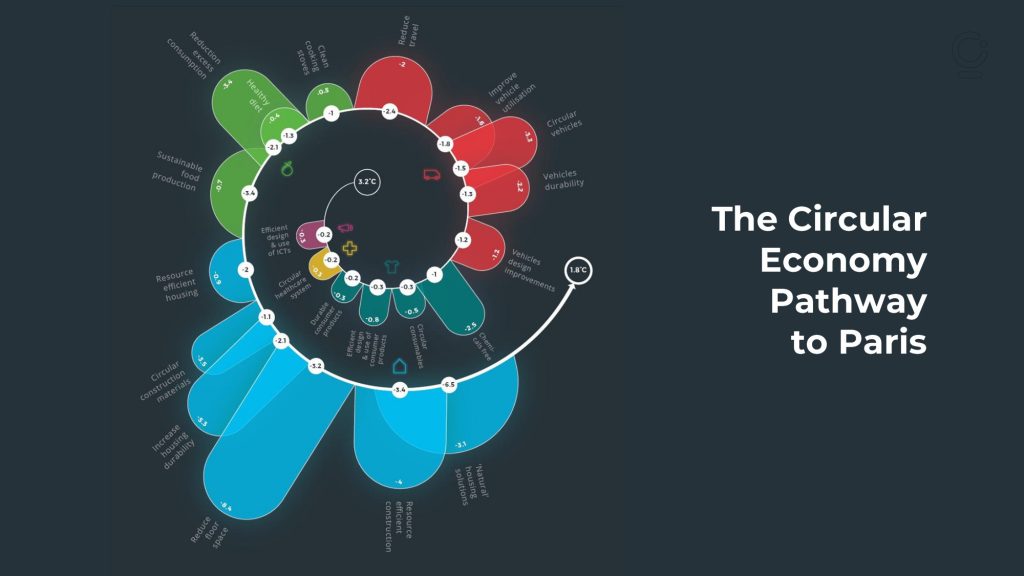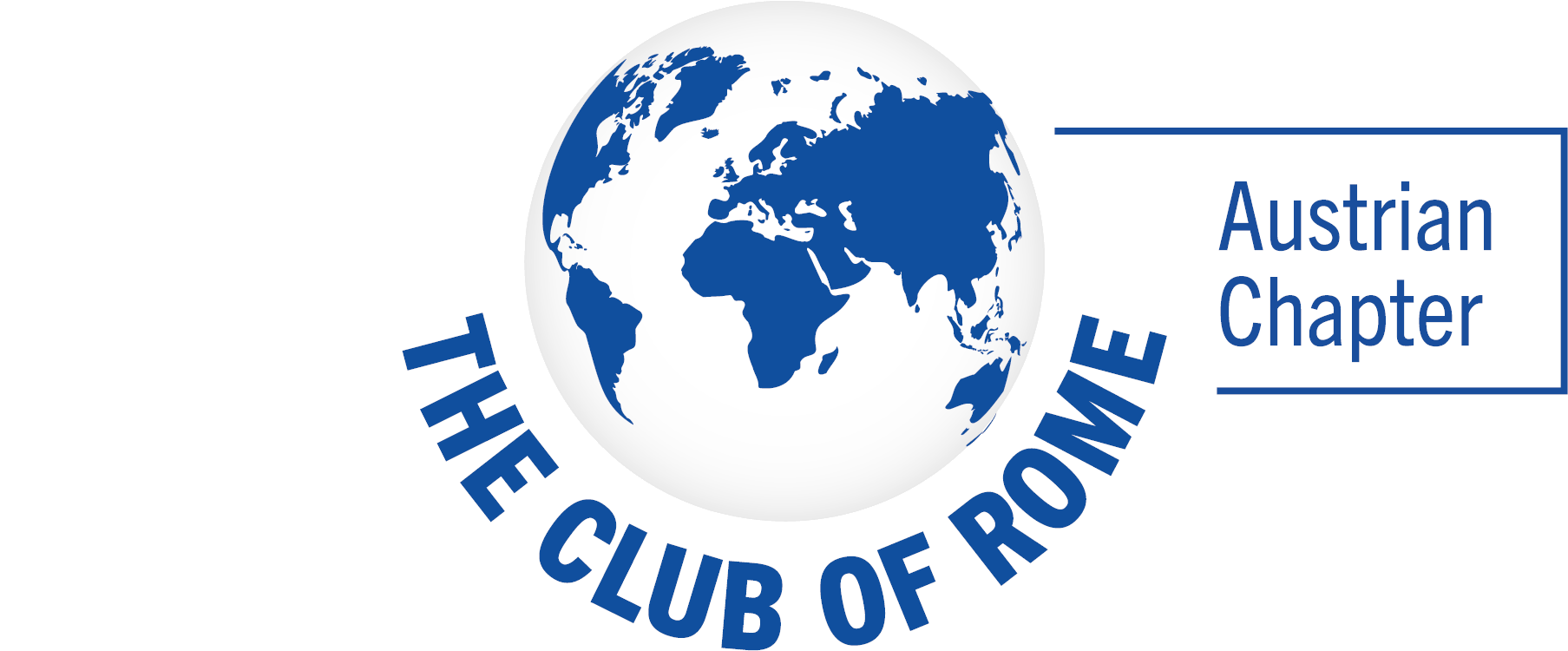March 21, 2022, by Pia Minixhofer and Martin Hoffmann
“What has not been taken seriously for decades, the admonition of a more frugal use of our planetary resources, has been hard-core realpolitik since last Thursday. Gas and oil are becoming more expensive. Not only is the price for the environment notoriously high, but the price for politics has also become prohibitive. The circular economy promises relief. Working against entropy. Entropy levels would better map resource and energy waste than CO2 equivalents, but are even more elusive.”
with these (shortened) words Katrin Vohland, Director General of the Natural History Museum (NHM), opened the event.
The event “Mind the gap or Where is the gap in the cycle” was dedicated to the question of how to think and implement circular economy and climate protection together and thus also achieve the sustainability goals of the Agenda 2030. After all, since the publication of the “Limits to Growth” report in 1972, global material consumption has quadrupled. According to the Circularity Gap Report, not even 10% of our resources worldwide are given a circular life.
The on-site attendees at Deck 50 of the Natural History Museum (NHM) and the nearly 500 viewers online made this hybrid event a very lively roundtable discussion with keynote speaker Matthew Fraser and the panel that followed.
You can find the recording of the opening and the keynote on Youtube: https://youtu.be/0zNgSfKdjmc
The keynote
Matthew Fraser, Lead of the Circularity Gap Report initiative, also begins his keynote with the easily imagined CO2 emissions. Although there are promising votes by the various nations regarding the reduction of CO2 concentrations in the atmosphere, the actions of today will not show their effects for decades. Additionally, the exponential rise in CO2 emissions is just one of many alarming trends we see today.
We live in a time of exponentiality. Everything is growing exponentially: greenhouse gas emissions in the atmosphere, drinking water consumption, biodiversity loss, … As much as we want to tackle the climate crisis, there is a danger that if we focus only on renewable energy and energy efficiency, although they are extrapolated to the global level, we miss a bigger picture, a bigger story.

Planetary boundaries and resource stories
Of the nine planetary boundaries, we have already crossed at least four. If we’ve learned anything from climate change, it’s that a simple trend can have a whole series of rebound effects and feedback loops on all sorts of systems around the world.
On the one hand, we have our ecological limits that we have to adhere to. On the other side, we have a social foundation – things that we want to achieve at least at a minimum and, of course, try to optimize over the long term. The missing piece in between is our resources, the materials. It’s actually an interesting resource story, where we take things from the environment from one year to the next, manipulate them, push them through different production systems, and eventually use them to meet our social needs (housing, mobility, nutrients, goods and services, communications, etc.).
The development of the Circularity Gap Report
The Circularity Gap Report began by focusing on measuring circularity. It presented the percentage of materials recycled relative to total inputs. But that was not the whole story. Circularity is an important aspect, but it is equally important to determine how to use less to achieve the same output. How can we slow things down to think about extending the life of goods. How can we draw more from renewable systems and minimize the extraction of non-renewable resources?
The one percent circularity was important to get attention. Now we can follow the framework and ask: How can we optimize our societies in the future? How can we manipulate the flows within society to create a more circular economy, and how does that affect emissions?

Circular provisioning system
A global agenda with circular economy strategies can close the emissions gap and put us on a 1.5-degree path. This is a big but complicated lever. We are reshaping the foundations of society in many ways. It’s not that we need a fancy technical solution. All the solutions exist today. What we need is action at larger scales to achieve these effects. The circular economy brings real and valuable strategies to the climate debate that aren’t really being talked about.
A Broader Metric Spectrum for Circularity
The main metrics focus on (1) Reduce (material footprint), (2) Regenerate (ecological cycle), (3) Be Slow (product lifespan), and (4) Circulate (Circular Gap Report metric). They are linked to metrics of social foundations and planetary boundaries, driven by policy and regulation, social and cultural structures, investment, finance, and technology.
The issue of scale will require huge investments, supported by greater public awareness. We need a European or even global harmonized market for secondary materials.
“Every day over the past decade, you are waking up to the news and you see the worst possible news you could ever imagine, getting worse every day. Focusing on action can be a really worthwhile solution to getting to work and keeping the vision clear on what we need to do. “
Matthew Fraser
